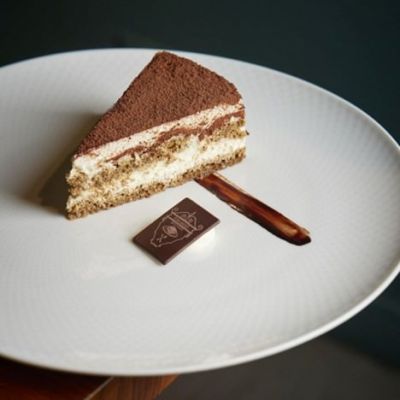“Tiramisu” is the fifth most recognized Italian word amongst Europeans, appearing in the vocabulary of 23 different languages. We know it as a delicious blend of mascarpone cheese, egg yolks, and sugar, layered with Savoiardi biscuits (lady fingers) dipped in freshly brewed espresso, preferably from a Moka pot, topped with a thick dusting of cocoa powder and chilled.
As with so many great discoveries or inventions, there have been many claims to its origin. One story is that Tiramisu was made in honor of a count, to “lift his spirits”, after attempting to unify Italy. Rumor has it that it served as an aphrodisiac in local brothels. Two regions of Italy lay claim to its origin: Veneto and Friuli-Venezia-Giulia. Other claimants were Speranza Garatti, Carminantonio Iannaccone, and Norma Pielli. But, the most accepted origin is the Campeol family’s restaurant, “Le Beccherie”, in Treviso, a city in the Northern Italian region of Veneto. Ado Campeol took over the family business after WWII, with his wife as one of the chefs.
The Italian media had dubbed Ado as “the father of Tiramisu” but as the story goes, it was his wife, Alba, and chef Roberto, who accidentally came up with this dessert while making vanilla ice cream. According to chef Roberto Linguanotto, he dropped mascarpone cheese into eggs and sugar and showed Alba, who added the ladyfingers dipped in espresso and called it “Tiramisu.” It was a variation of the Zabaglione that Alba would have in the morning during pregnancy to give her sustenance and energy.
Ado added Tiramisu to the restaurant’s menu in 1972. The recipe appeared in print in 1981 in the local food and wine publication, “Veneto.” The family never patented the recipe, but it was certified by the Italian Academy of Cuisine in 2010.
The original recipe has stood the test of time and is strictly followed at “Alle Beccherie”, now no longer owned by the Campeol family.



